Feasting on CRM Wisdom: Ali Serves the Main Course of Admin Tips, Seasoned with Years of Experience!
Ali provides a handpicked list from her years of experience as we continue our exploration of our top CRM admin tips. While not organized hierarchically, these ideas capture the core of our cumulative experiences over time. We encourage you, our cherished readers, to participate actively as we break down each piece of advice. If you have any additional knowledge or advice, please share it in the comments or on social media. After all, the growth of the CRM community as a whole depends on its members sharing knowledge. So, let’s go out on this illuminating journey together!
Liz served us a tantalizing appetizer with her insights on best practices for administration and her choice of tools. Now, Ali presents the main course, examining the Maker Portal, the Power Apps Grid control, and her favored XrmToolBox tool.
1. Maker Portal vs. Classic interface
For CRM administrators, The Maker Portal has distinguished itself as a better option than the traditional UI. The Maker Portal now supports the majority of the capabilities present in the old UI, along with a number of improved features. It offers a more user-friendly, drag-and-drop interface that makes editing forms and views simpler. Notably, it is quicker and doesn’t freeze during publishing, a problem with the original UI that frequently occurs. With new design features and time-saving shortcuts, new users frequently find the Maker Portal to be more user-friendly. Making the switch to the Maker Portal will improve productivity and the user experience.
2. Use the Power Apps Grid Control
The user experience in views can be considerably improved by embracing the Power Apps Grid Control. The new Power Apps Grid Control offers a more dynamic and aesthetically pleasing interface in contrast to the more common read-only grids. Users can just click a toggle to change yes/no fields, for example, rather than utilizing dropdown menus. Additionally, this grid enables option fields to be customized with colors, improving the readability of data visualization. Emojis can even be added by users to option sets to create a fun and interesting experience. However, since the font color does not vary, it is crucial to consider readability and ADA compliance while choosing colors. Overall, this grid management improves the visual attractiveness and efficiency of data interaction.
3. XrmToolBox’s Data Transporter
CRM administrators can efficiently move records between environments while retaining the original GUIDs by using the Data Transporter. This is crucial because many CRM capabilities, including business rules, workflows, and processes, are connected to these GUIDs. Manually moving records can cause linked workflows to break if there are inconsistent GUIDs. Manually moving solutions can be laborious, error-prone, and lead to missed tasks. By assuring consistent data across contexts, including business units, teams, and other crucial data, the Data Transporter corrects this. This streamlines the migration procedure and reduces the likelihood of errors. Additionally, as CRM administrators frequently use custom tables for master data lists, the tool is important for maintaining master data. Any GUID contradiction can interfere with some operations, such as viewing certain filters-specific views.
Ali served up a hearty main course, showing crucial tools and strategies that completely transform the CRM admin experience. From the user-friendly Maker Portal to the lively Power Apps Grid Control and the effective XrmToolBox’s Data Transporter, we relished every morsel. These are more than simply tools; they are evidence of the years of experience and steadfast devotion to the trade. Ashley is prepared to serve the dessert while we relax and enjoy the richness of this dinner. Prepare to dive into her best CRM admin advice, which is sure to be the tasty conclusion to our educational feast. Continue on with us on this delicious culinary learning journey!
Check out our CRM admin podcast series…
